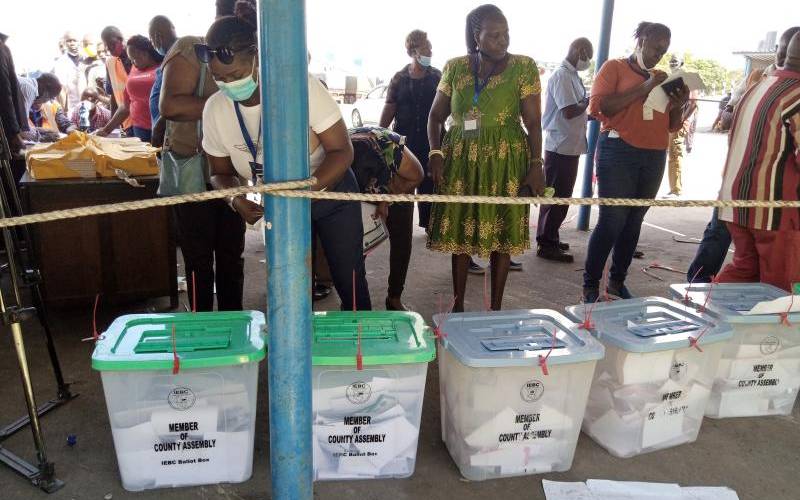×
The Standard e-Paper
Join Thousands of Readers

Big parties will be in for a big surprise next year if they don't change their approach to politics, with analysts saying their preferred six-piece voting belongs to the past.